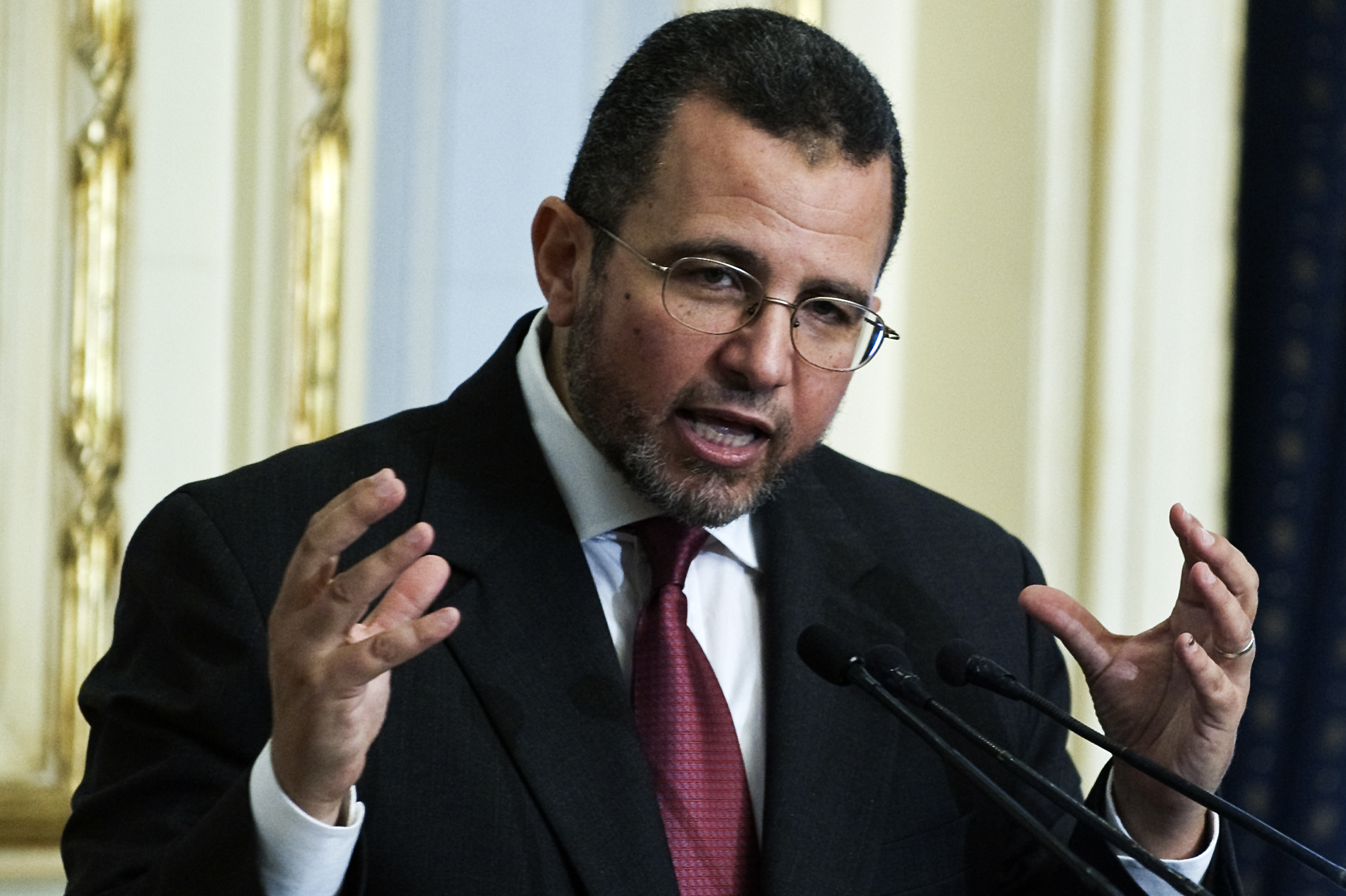CAIRO: It seems that the Black Cloud phenomenon has become, not only part of our yearly rituals, but of our daily lives.
The first time the Black Cloud appeared was in the autumn of 1999 and it’s been a recurrent phenomenon ever since. Breaking down the scientific factors causing it would be the first steps towards eradicating this annual air pollution climax.
One of these factors is a natural phenomenon. It involves a meteorological occurrence called ‘thermal inversion’ whereby a warm air cap forms over Cairo. This air cap, however, neither rises nor subsides, hence trapping the air pollution instead of allowing it to disperse.
Other factors are man-induced and include: industrial pollution caused by the fact that Cairo houses an estimate of 12,600 factories; transportation – the approximate number of vehicles on the streets of Cairo already surpassed the 2 million mark with an average increase of 10 percent annually.
Also, the burning of rice straw, which takes place every October, aggravates the problem especially when done in conjunction with the open air burning of garbage since there is no solid waste management system in place.
Although the Egyptian government has in recent years introduced measures to address the Black Cloud specifically and air pollution in general – such as promoting the use of natural gas as fuel for vehicles, factories and power plants and encouraging the recycling of rice straw instead of disposal through burning – the cloud still continues to appear and air pollution in general seems to be getting worse.
The reason for that is because the measures in place are insufficient and most lack proper enforcement.
A more holistic view of these measures and policies must be taken otherwise our environmental problems will continue to overshadow this country’s future.
Despite the fact that the current initiatives are heading in the right direction, they are merely the first installment of what needs to be done. A packaged policy framework that serves the goals of sustainable development is no longer an option, but a pressing necessity.
We need to look at problems related to the environment from a structural perspective. The government needs to be consistent with wanting to handle the pervasive environmental problems as part of achieving the overall well-being of Egyptians.
With this in mind, economic, political and environmental policies all need to work in unison. This unfortunately is not the case as evident by the daily conflicts between what the government tries to achieve on the economic front and how that in turn affects environmental sustainability.
We need to start acting on the premise that economic growth cannot, and should not, overshadow environmental well-being. Even though the government subscribes to this view in rhetoric, we are yet to find a harmonized policy framework that serves to turn the goals of sustainable development into reality.
While this is a long-term policy view that cannot be realized overnight, there are other measures that could instigate the short-term changes necessary for an overall change in the policy framework.
This will, however involve environmental activism. If citizens stand up and voice their discontent with the current levels of air pollution in the capital, this may set in motion the wheel of policy change.
Short-term policy change would include added measures to address the levels of air pollution and more importantly, proper enforcement of those measures already in place. This will increase in the face of citizen pressure and the media attention that would ensue from environmental activism.
If the environmental activism that halted the Agrium plant in Dameitta earlier this year was so effective, isn’t it about time we saw such initiatives in the capital city?
Hoda Barakais a Cairo-based freelance Environmental Consultant and Teaching Assistant at the American University in Cairo. She holds a Masters degree in International Political Economy from the London School of Economics.

